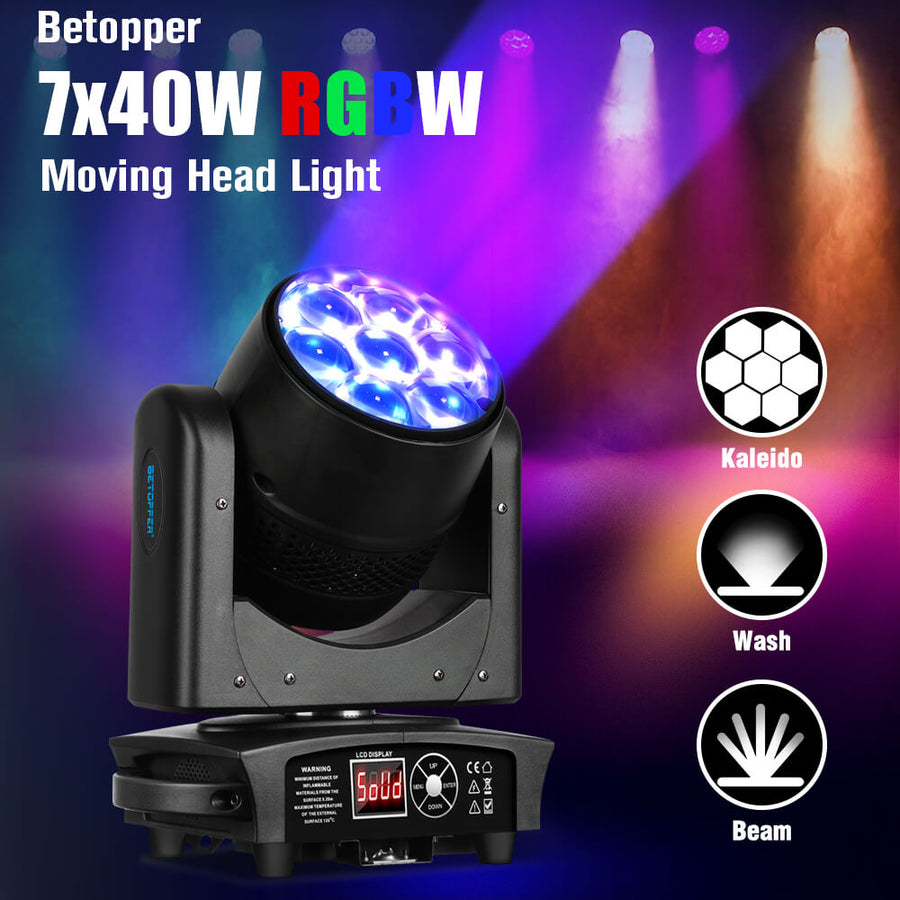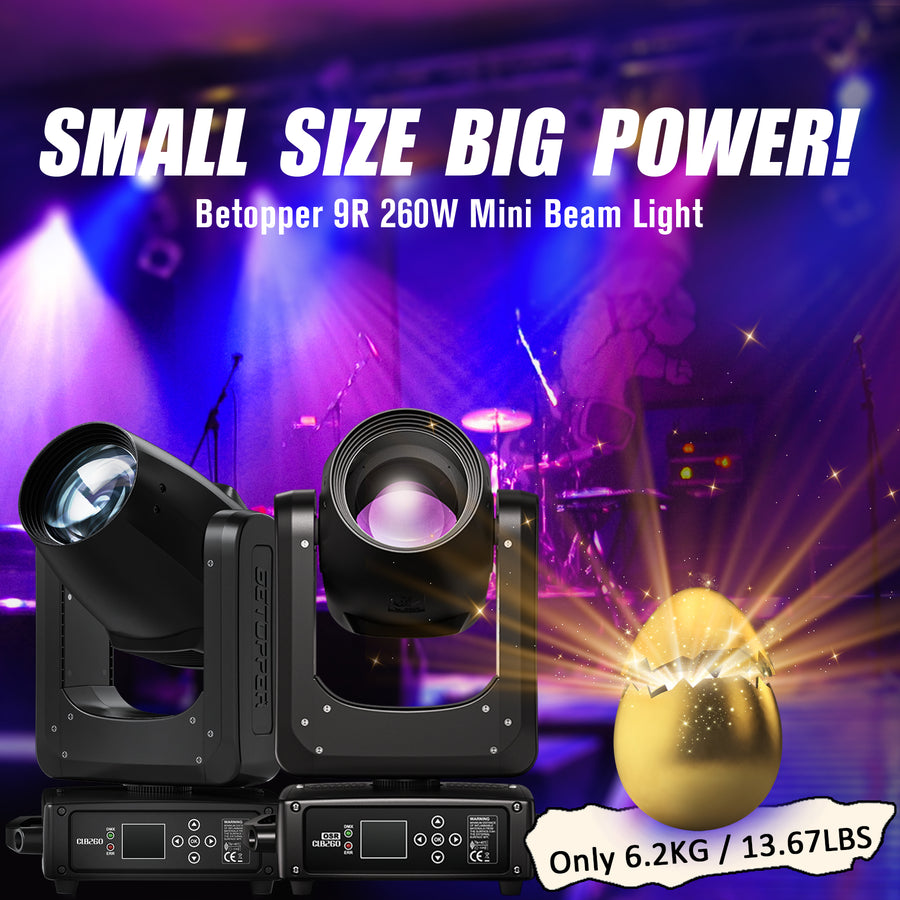Common Fault Handling for Beam Lights in Stage Lighting Equipment

Beam lights, a groundbreaking addition to the lighting industry, have made a significant impact on the market with their launch in recent years. Known for their narrow beam angle and superior focus, these lights enable the creation of diverse and intricate stage designs. Their compact size and rapid scanning capabilities bring dynamic vitality to performances.
As highly precise devices, beam lights integrate electronic components, mechanical parts, and optics, necessitating stringent conditions for environment, transport, and usage, which in turn leads to a higher rate of repairs. This article aims to analyze common malfunction scenarios and their potential causes, serving as a reference for relevant professionals.
Beam lights differ from traditional moving head lights in several key aspects. Firstly, the lamp control circuit in beam lights typically employs an electronic ballast (also known as a lamp starter) instead of the conventional inductive ballast plus trigger circuit, eliminating the need for a trigger. This includes a PFC (AC380V to DC380V conversion) since the electronic ballast's input is DC380V. Secondly, the control system in beam lights uses a switching power supply transformer, moving away from traditional inductive transformers. The use of switching power supplies enhances reliability but also leads to a slightly higher repair rate due to the advanced technology involved. However, beam lights are unaffected by external voltage fluctuations and can operate across a full voltage range (110V-240V), eliminating issues related to short circuits.







Leave a comment